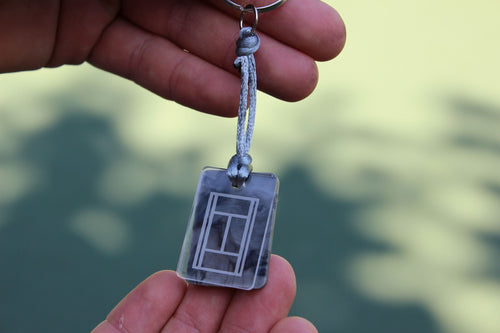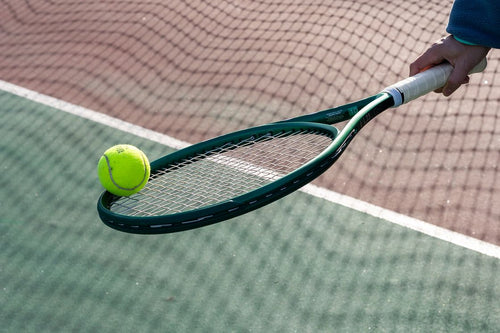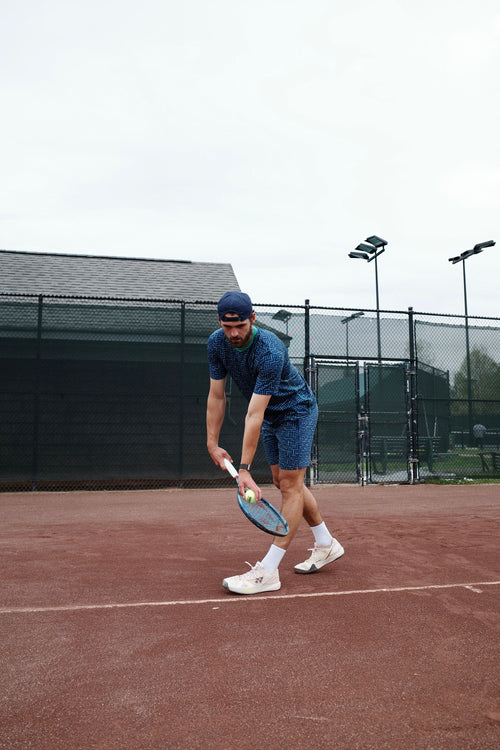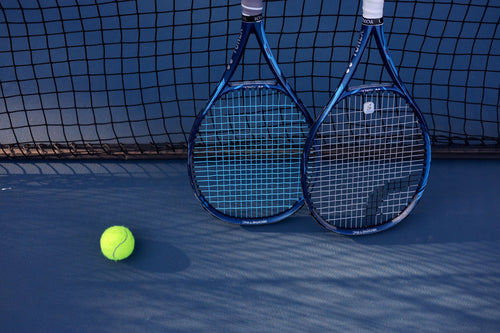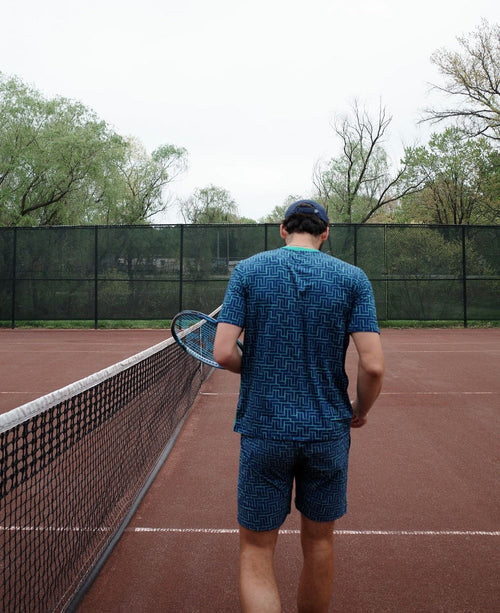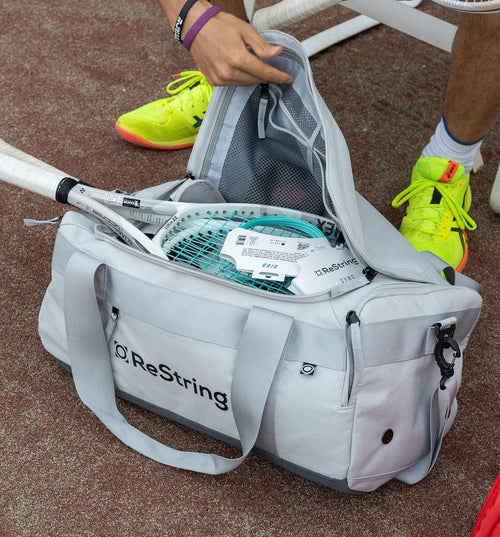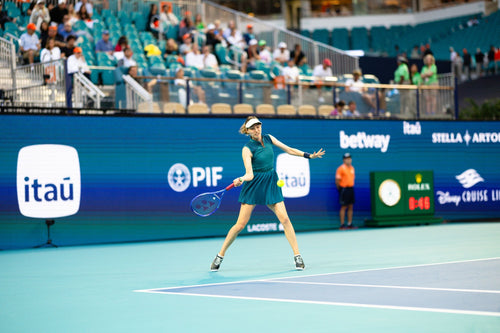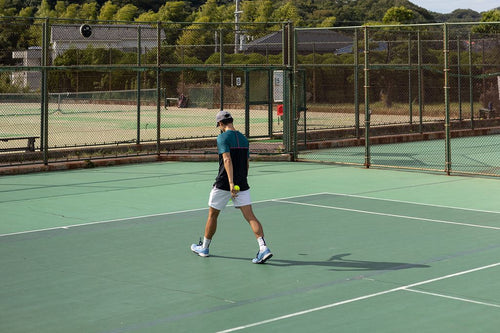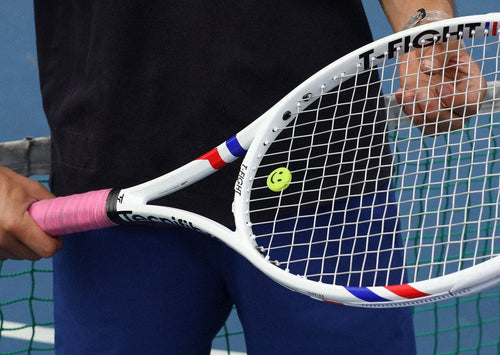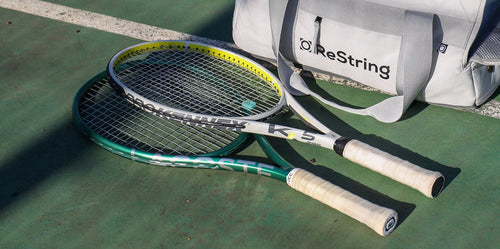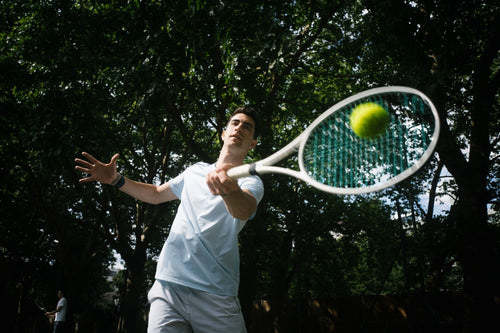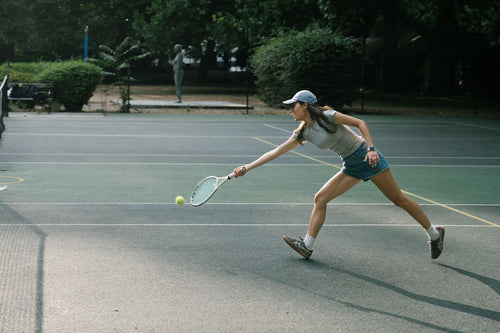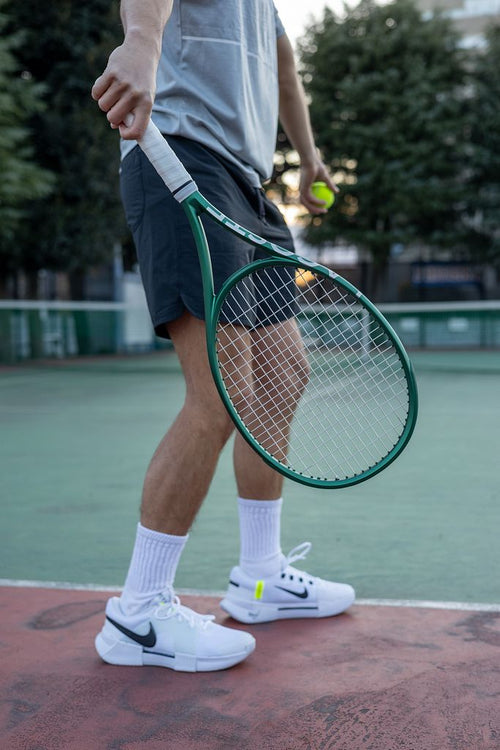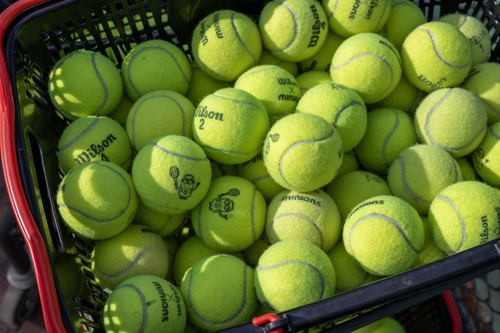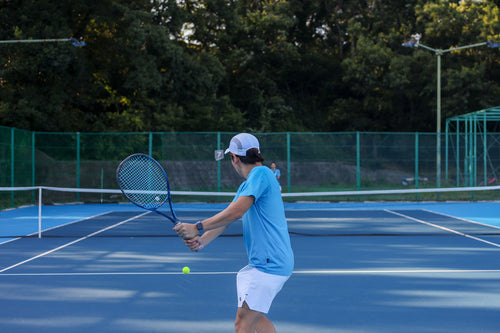Ball Pocketing in Tennis: The Key to Control and Feel
Juan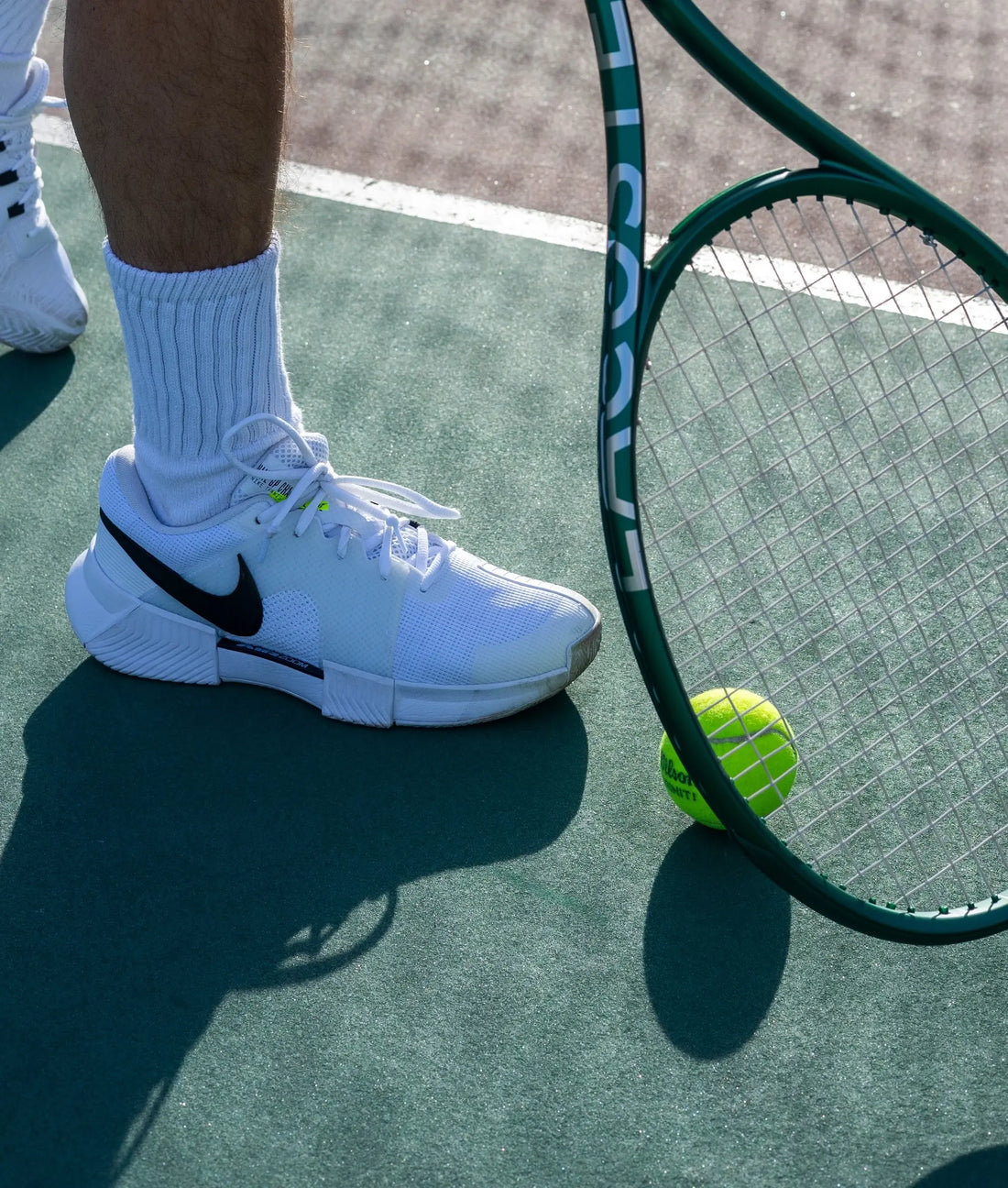
Have you ever wondered why some players seem to have magical control over their shots, while others struggle to find consistency?
The secret often lies in a phenomenon called ball pocketing.
In this article, you'll discover how mastering this hidden interaction between ball and strings can transform your game.
What is Ball Pocketing?
Ball pocketing is the crucial moment a tennis ball makes contact with and sinks into your string bed during impact. This interaction between ball and strings creates a pocket-like depression, allowing the ball to momentarily nestle within the strings.
During this brief but vital contact period, the strings work together to cradle the ball, absorbing and redirecting its energy. How long the ball stays in contact with the strings before rebounding is known as dwell time.
This process is fundamental to how players control their shots, as longer dwell time typically allows for better directional control and spin generation.
Sync has been specifically engineered to optimize these principles. It creates an ideal balance of string movement and tension maintenance that enhances both control and feel.
Think of ball pocketing as your strings creating a hammock for the ball at impact.
Benefits of Optimal Ball Pocketing
Shot Control
Optimal ball pocketing provides players with enhanced control over every aspect of their shots. When the ball dwells in the string bed for the ideal duration, players can better direct their shots, fine-tune power levels, and generate precise spin. This improved control comes from the string bed's ability to grip and guide the ball through the contact zone.
Power Efficiency
The depth and quality of ball pocketing directly affects how efficiently power is transferred from racket to ball. When strings pocket the ball optimally, they convert impact energy into forward momentum more effectively. Proper pocketing depth ensures minimal energy loss during the contact phase, allowing players to generate powerful shots with less physical effort.
Player Adaptability
Perhaps most crucially, superior ball pocketing provides you with clear, immediate feedback on every shot. This enhanced feel allows you to quickly adapt to varying game situations, from different court surfaces to changing match conditions.
Consistent string bed response is also vital for shot selection and adjustment. Sync excels in delivering reliable feedback shot after shot. Its round profile design creates exceptional impact feel and consistent ball pocketing, providing you with an enhanced sense of directional control.
Better ball pocketing means better control and feedback on every shot you hit.
Factors Affecting Ball Pocketing
String Type
Material
Natural gut has long been considered the gold standard for ball pocketing, offering exceptional dwell time and depth of pocket. However, while natural gut provides unmatched pocketing qualities, its characteristics aren't always ideal for modern playing styles.
Traditionally, polyester strings don't match natural gut's pocketing abilities. However, Sync remarkably bridges this gap. It delivers exceptional ball feel and control while maintaining the benefits of a modern polyester string - enhanced spin potential and durability.
Shape
Round strings, like Sync, slide more freely against each other, creating more consistent pocketing and predictable ball response.
In contrast, shaped strings like Zero provide more friction between crosses, which can enhance spin potential but typically results in less fluid pocketing characteristics.
String Tension
Higher tensions create a firmer string bed that produces shallower, faster pocketing. This quick response favors players seeking enhanced control and precise shot placement, though it may sacrifice some power potential.
Conversely, lower tensions allow for deeper ball pocketing and longer dwell time. This deeper pocket generates increased power and spin potential, which explains the growing trend among professional players to string at lower tensions.
The optimal tension for maximizing ball pocketing benefits varies significantly between players. Factors such as playing style, stroke mechanics, and personal preference all influence the ideal tension range. Finding your sweet spot often requires experimentation, but the reward is a string bed that perfectly complements your game.
String Pattern
Dense patterns (18x20 or higher) create a more uniform string bed that produces shallower, more controlled pocketing. This configuration offers enhanced precision and directional control, though it may limit the depth of pocket achievable even with lower tensions.
Open patterns (16x19 or lower) allow for deeper ball pocketing due to larger spaces between strings. This increased string movement permits the ball to sink further into the string bed, potentially enhancing both power and spin generation. However, this added depth requires careful tension selection to maintain control.
We recommend experimenting here to find the string pattern that works best for your game.
Your choice of string type, tension, and pattern determines how deep the ball pockets and how it feels on impact.
Conclusion
Understanding ball pocketing is essential for optimizing your tennis equipment and improving your game. The interaction between string material, shape, tension, and pattern all work together to create your unique playing experience.
While natural gut remains the historical benchmark for ball pocketing, modern polyester strings like Sync have revolutionized how players can achieve optimal control and feel while maintaining durability and spin potential.
Ultimately, finding what works for you requires a lot of testing and tinkering, but it will be worth it in the end as you rack up points on the court 🎾

